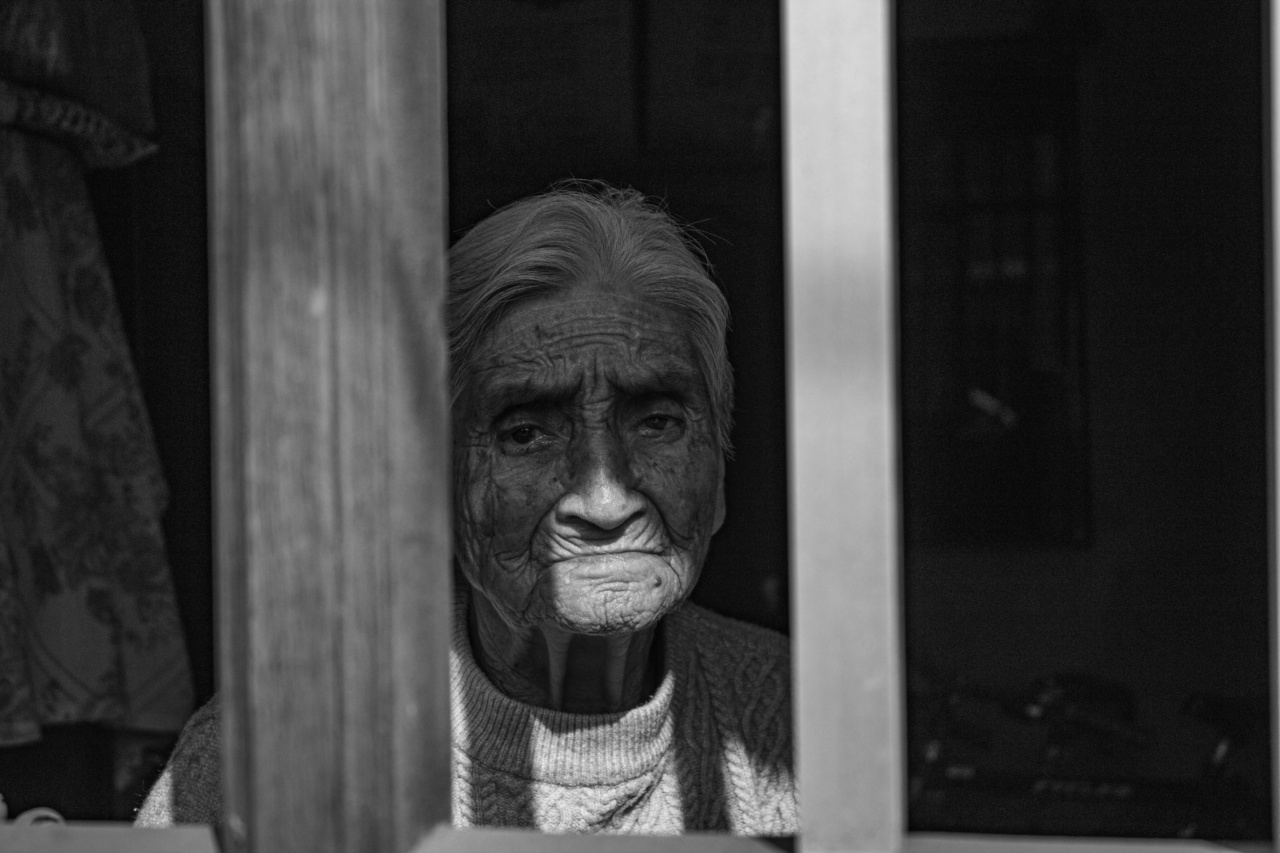As the population continues to age, the vulnerability of seniors becomes a pressing issue in our society. The process of aging brings with it a host of challenges, both physical and emotional, that can leave seniors susceptible to various risks.
This article will delve into the concept of vulnerability among seniors, exploring the factors that contribute to it and the potential solutions that can help protect our aging population.
The Aging Population
The world is witnessing a significant increase in the number of older adults. According to the World Health Organization, the global population of individuals aged 60 and above is expected to reach 2 billion by 2050, tripling the number from 2015.
This demographic shift brings about several social and economic implications, one of which is the vulnerability faced by seniors.
Physical Vulnerability
Seniors often experience physical declines as they age. Their bodies become weaker and more fragile, making them susceptible to a range of health issues.
Chronic conditions such as arthritis, heart disease, and osteoporosis become increasingly prevalent, hindering daily activities and reducing quality of life. Additionally, sensory impairments, such as hearing and vision loss, add further challenges to their physical well-being.
Physical vulnerability among seniors also includes an increased risk of falls. Due to decreased muscle strength and balance, falls become a common occurrence that can lead to severe consequences.
According to the Centers for Disease Control and Prevention, falls are the leading cause of injuries among older adults, with one out of four seniors experiencing a fall each year.
Emotional Vulnerability
The aging process can take a toll on an individual’s mental and emotional well-being.
Seniors may face loneliness, grief, depression, and anxiety due to various reasons such as the loss of loved ones, reduced social interactions, or declining health. These emotional struggles can increase their vulnerability as they may become more susceptible to exploitation, abuse, or scams.
Financial Vulnerability
Seniors are often targeted by financial scams and fraudsters due to their perceived vulnerability. Lack of financial literacy, cognitive decline, and trusting dispositions make them easy prey for scammers who exploit their finances.
From phone scams to identity theft, older adults are frequently defrauded, resulting in significant financial loss and emotional distress.
Social Isolation
Another factor that contributes to the vulnerability of seniors is social isolation. As they age, seniors may face increased difficulty in maintaining social connections.
Friends and family members may pass away or become physically distant, limiting their opportunities for social interaction. This isolation can lead to feelings of loneliness, depression, and a reduced quality of life. Moreover, social isolation can also exacerbate the risk of financial and emotional exploitation, as seniors may lack a support network to assist them.
Healthcare Challenges
Access to quality healthcare is essential for the well-being of seniors. However, many older adults face barriers when it comes to healthcare services.
Limited mobility, lack of transportation options, and financial constraints can prevent seniors from receiving necessary medical care. Inadequate access to healthcare can increase their vulnerability as their physical and mental health needs may go unattended, leading to further decline and complications.
Elder Abuse
One of the most distressing forms of vulnerability among seniors is elder abuse. This can manifest in various ways, including physical, emotional, sexual, or financial abuse.
Older adults who experience abuse may suffer from physical injuries, deteriorating mental health, and loss of financial independence. Unfortunately, the true extent of elder abuse remains largely hidden, as many cases go unreported due to fear or lack of awareness.
Addressing the Vulnerability of Seniors
To protect the well-being of our aging population, it is crucial to address the vulnerabilities they face. Implementing comprehensive strategies can help mitigate the risks and ensure the safety and dignity of seniors: 1.
Promote public awareness: Increasing awareness about the vulnerabilities faced by seniors can empower individuals to identify and prevent potential risks. Educational campaigns, workshops, and community discussions can play a significant role in raising awareness. 2.
Enhance social support networks: Building stronger social support networks for seniors can help combat social isolation and reduce their vulnerability. Encouraging intergenerational programs, community engagement, and providing resources for seniors to connect with others are essential. 3.
Improve healthcare accessibility: Accessible and affordable healthcare services are vital for seniors’ overall well-being. Governments and healthcare organizations should work towards policies that ensure equitable access to healthcare, including home healthcare options and transportation assistance. 4.
Strengthen elder abuse prevention initiatives: Efforts to prevent and address elder abuse should be prioritized. This includes implementing stricter laws, enhancing reporting mechanisms, and training professionals who interact with seniors to recognize and respond to signs of abuse. 5.
Foster financial literacy: Equipping seniors with the necessary knowledge and skills to make informed financial decisions can help protect them from scams and fraudulent activities. Providing resources and workshops on financial literacy specifically tailored for seniors can be highly beneficial. 6. Support aging in place: Many seniors prefer to age in their own homes and communities.
Supporting aging in place initiatives, such as home modification programs and access to in-home care services, can help seniors maintain their independence while staying safe.
Conclusion
The vulnerability of seniors is a complex issue that requires attention and action from individuals, communities, and governments. By understanding and addressing the physical, emotional, and financial risks faced by seniors, we can work towards creating an inclusive society that protects and supports the well-being of our aging population.































